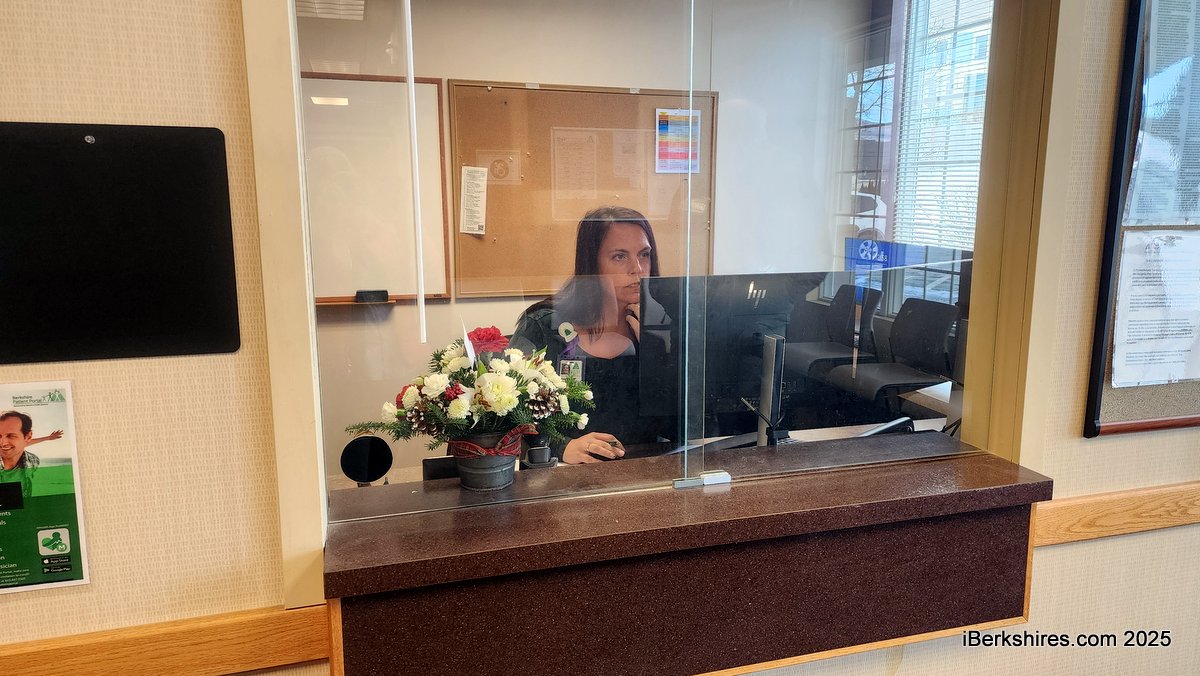Williamstown Housing Trust Supports Spruces Plan
|
The Affordable Housing Trust, created at town meeting this year, voted to 'take a stand' supporting the town's plans for relocating the residents of the Spruces. |
WILLIAMSTOWN, Mass. — Trustees of the town's Affordable Housing Trust are on record supporting the idea of using town-owned conservation land to build affordable housing and placing into conservation land that currently is the site of a mobile home park.
At its Wednesday evening meeting, the trust's Board of Trustees voted 4-0 to "support the concept that the Spruces relocation effort be directed toward construction of a neighborhood on the Lowry property."
Chairman Stanley Parese made the motion that the directors of the trust take a public stand on the issue, which has drawn considerable public comment since a plan to acquire the Spruces Mobile Home Park with Federal Emergency Management Agency grant money was unveiled by at a Nov. 13 meeting of the Selectmen
Parese noted that it was by no means clear whether the Affordable Housing Trust would play a formal role in the plan to acquire the 114-acre mobile home park and build replacement housing on 30 acres of town land off Stratton Road. But he thought the panel should nonetheless take a position.
"At some point, we need to take a stand as a committee," Parese said.
None of the four trustees in attendance spoke against the idea of the town pursuing a path that ultimately leads to development of the Lowry property. Though Parese and trustee Tom Sheldon each noted that there is a case to be made for keeping the previously undeveloped and currently farmed Lowry property as conserved land.
"Certainly, there are competing values that will be weighed," Parese said. "There are attributes of the Spruces property that don't exist at the Lowry property. ... As lovely a town as this is, we don't have large public park space.
"Lowry has wonderful attributes treasured by a lot of people, but I hope people don't lose sight of the fact that the Spruces has wondeful attributes."
The Spruces property has a central location and access to the Hoosic River. The same low-lying, riverfront acreage that makes the site prone to flooding could be an advantage if it is turned into conservation land, Parese said.
Before considering the resolution on the Spruces-Lowry initiative, the trustees received an update from Town Manager Peter Fohlin about his Tuesday meeting with Spruces residents.
Fohlin described the residents as attentive, respectful and engaged. He also said his impression was that a large majority of residents were open to learning about the process that might ultimately lead to the availability of alternative affordable housing on Lowry, or elsewhere, and the closure of the Spruces.
"They're willing to learn about the process and embark on this journey with us," said Fohlin, who added that the journey could have many twists.
"The (FEMA) grant could be denied. Morgan Management could sell to someone else who is unknown to us."
|
|
|
— Chairman Stanley Parese |
Fohlin said based on his Tuesday meeting, there did not seem to be a majority of current Spruces residents who were interested in forming a cooperative to buy the property from Rochester, N.Y.,-based Morgan Management.
There were, however, what Fohlin described as a minority of residents who are opposed to any plan that would include closing the park.
"There is a small number whose preference would be to stay as things are," Fohlin said. "There is perhaps a smaller number with very particular personal circumstances that make their decision more painful. In one instance, there is a woman who heavily invested in her home with no hope of recouping the investment."
The Affordable Housing Trust board, which includes the chairman of the town's Affordable Housing Committee, Catherine Yamamoto, also discussed the possibility of the town finding a developer to build affordable housing on two town brownfields properties — the former town garage site on Water Street and the former Photech mill on Cole Avenue.
While both are being pursued by the Affordable Housing Committee, the combined capacity of both sites would not meet the town's needs, particularly in light of last year's devestation at the Spruces from Tropical Storm Irene.
"I would argue that the use of the Lowry property in addition to the use of other town-owned lands will begin to fill the need that exists," Yamamoto said. "It's a big problem, and it needs a big solution."
Parese said that from his perspective, a Photech property that is close to the river and prone to flooding would be an unacceptable alternative for relocating residents whose home was devestated by a flood.
And both Parese and Sheldon noted that the spacious Lowry property offers something the town-owned brownfield sites do not.
"I understand there are a lot of opinions, but for me, what is envisioned as a replacement for the Spruces is a neighborhood, not a building," Sheldon said.
In othe business on Wednesday, the trustees voted to share the cost of a pair of studies with the Affordable Housing Committee. The two panels will together pay $8,500 for a housing needs assessment by a housing consultant; the data in that study will help the town down the line in working with housing developers to obtain grant money. The panels also will share the $5,200 cost of an engineering study on the Lowry property by Guntlow and Associates.
The trustees also approved a request to the Community Preservation Committee for $200,000 of Community Preservation Act funds to be placed into the trust to support affordable housing efforts in the town. The same amount was approved at town meeting in May just after voters approved creation of the trust.
Tags: affordable housing, affordable housing trust, Spruces,




















